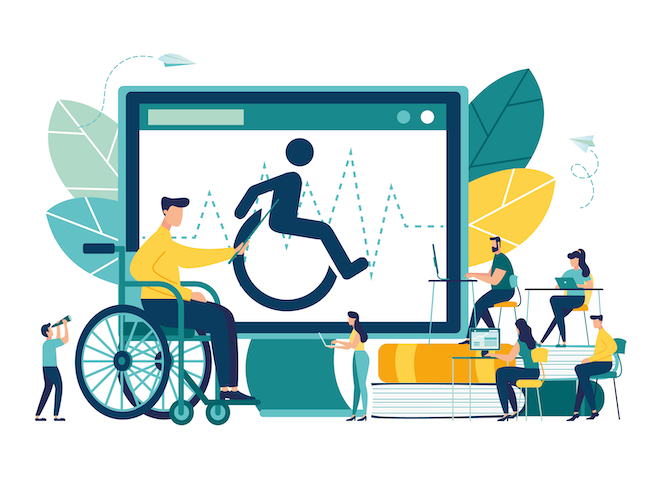Roughly 61 million adults in the U.S. live with a disability, yet many businesses aren’t meeting the accessibility standards necessary to effectively reach this large percentage of the population. Helping businesses meet these standards is at the core of what we do at Oleb Media. However, a lot of business owners may be curious about simple actions they can take right now to make impactful improvements to their accessibility. That’s exactly the focus of a recent interview I did with the Poynter Institute: 3 Ways News Organizations Can Improve Accessibility Right Now.
I encourage you to click through to read the full interview, which includes tips like improving how you use and create the alternative text (“alt text”) on your website and social media accounts. Here’s an excerpt:
Alternative text is a written description of what is shown in an image. It can also help assistive technology, such as screen reading tools, to interpret images. It’s a useful tool, but many users overlook it and some don’t use it correctly.
All images should include well-written alternative text. Facebook, Twitter and Instagram have built-in alternative text features, but the generated text isn’t always reliable.
Digital inclusion specialist Belo Miguel Cipriani navigates social media with the help of assistive technology after becoming blind in 2007. He sometimes finds himself unable to decipher an image due to faulty alternative text.
“When it comes to social media, often what I hear is ‘image, image,’ or ‘image 024’ with a super long number,” Cipriani said.
“I wouldn’t rely on anything automated.” Cipriani said. “Anything that’s providing important information should be created manually. You don’t want the information to be missing important pieces.”
There are a few best practices for writing alternative text that should sound familiar to journalists. Some of them include: Use correct grammar, be concise and specific, and include all relevant details.
Cipriani said adverbs can cloud the clarity of the alternative text. His advice: Don’t use them at all.
Read the full interview on the Poynter Institute website and I encourage you to leave your comments below. Also, Oleb Media will be launching The Alt Text Master Class soon, so sign up to our newsletter to get the latest updates on when to expect the class to start — and much more.

